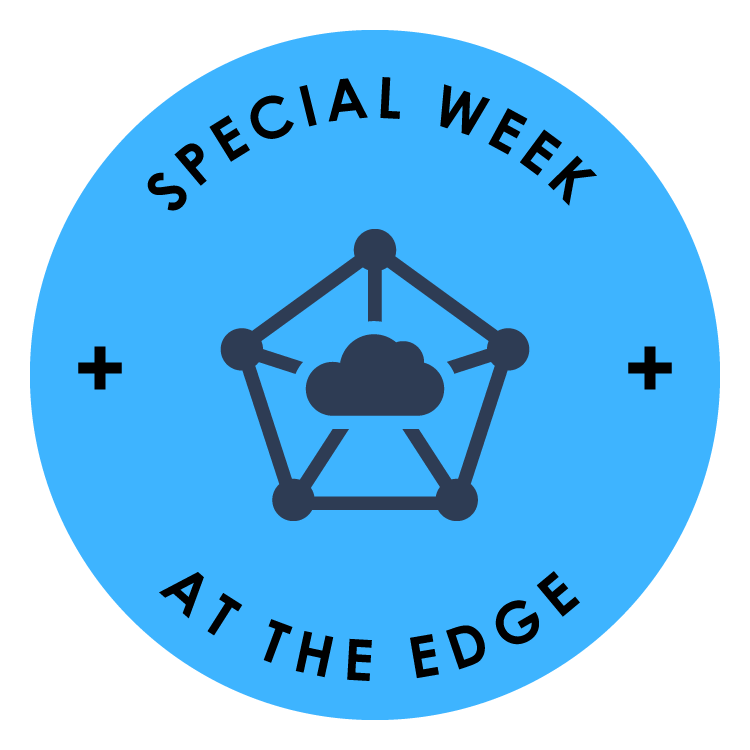Combining Artificial Intelligence-driven IoT with edge analytics can improve performance, reduce costs, and maintain deliverability

Internet of Things (IoT) technology has provided manufacturers with the ability to connect machines, store data, and acquire enhanced connectivity and machine-to-machine communication. But can IoT be improved to be able to make decisions too?
While every technology can provide spectacular contributions, theoretically, a combination of two must be revolutionary. Philosopher Nick Bostrom once said, “Machine intelligence is the last invention that humanity will ever need to make.” In a broader perspective, he might be right. Improved use of technological intelligence and several combinations can enhance the technology to become the ultimate invention.
And artificial intelligence (AI) decision-making combined with real-time data communication and analytics can augment IoT devices. Merging AI and IoT can create better devices with magnified benefits. While the IoT device would be the nervous system receiving and sending signals, AI would be the genius brainpower, processing the data and allowing users to make informed decisions. Enter Artificial IoT(AIoT), a technology that can automatically take action.
These solutions help achieve more outstanding quality, reduce costs, and maintain deliverability. As an added benefit, companies can gain transparency by using the required data sources, which can be further utilised in other applications resulting in a positive feedback loop. Research indicates that the global AIoT market is bound to cross $65 billion by 2025, growing at 40 per cent CAGR.
To make AIoT more viable, manufacturers require a data management system to support automatic decision-making. While cloud storage seems to be the rational option, thinking outside-the-box, or, to be precise, at the edge, will allow AIoT to become glorious.
Bringing AIoT To The Edge
In most AI integrations, activities must take place locally and at high speed. For instance, if a machine is at fault, the security or the development team would want to know and correct the error as soon as possible. Experts believe the integration of an AI system at the edge can improve performance, improve latency issues and, as a result, avoid product damage.
Introducing AIoT to real-time data that has not been filtered or categorised can create chaos. Edge analytics is the top-recommended approach by technology experts to deal with it. It has the ability to extract the higher-value features by processing the raw volumes of data and only sending the filtered information to the cloud.
Another significant benefit of processing data and integrating AI at the edge is increased security. As cloud computing introduces several security concerns, edge computing can complement the issues by filtering information at the source and enabling an on-premise storage system that requires fewer cloud data transformations.
Experts recommend that industry leaders first develop an AI model offline, train it using stored databases for improvements until it meets business requirements. And finally, the model can be exported and introduced to new live data. Edge analytics has the ability to harmonise the live data from multiple sources in various formats. It will let data be streamlined before interacting with AIoT.
AIoT at the edge can be of much greater help, especially when visual inspection systems are used. For instance, cameras and sensors produce surplus data, making AIoT at the edge for analysis and filtration is a better and safer choice. Even in more complex situations, where mobile devices are connected to the AIoT devices, the double data system can also be better served at the edge, as sending massive data to the cloud may not be effective.
For instance, edge analytics provider Crosser platform can help companies harmonise the data from multiple sources before it reaches the AIoT. Even if the data comes in at irregular times, the edge analytics solution can align it through regular time boundaries. Additionally, suppose the data sources have multiple sampling rates, in that case, the platform’s solution can help fill in the values, and the AIoT model can be updated from time to time and create windows over time series data.
These applications can be most beneficial in the area of maintenance and monitoring. For instance, organisations can use AIoT for condition monitoring solutions, predictive maintenance, and predictive management of maintenance qualities. Automation company Festo offers such solutions with its AX and Smartenance products.
Today, in the industrial sector, the largest share of AIoT applications is present in monitoring production facilities. Soon, the integration of AIoT and edge analytics can be increasingly visible in the field of energy efficiency and robotics.
If you liked reading this, you might like our other stories
At The Cutting-Edge: Top Edge Computing Companies To Watch
Embracing Edge Technology Is Vital For Business









